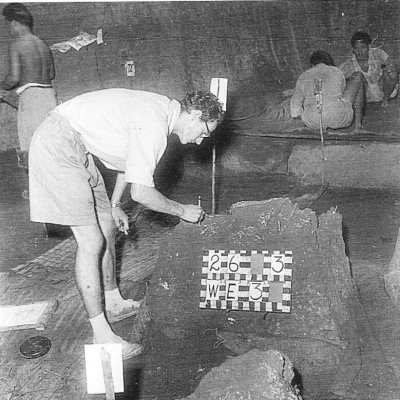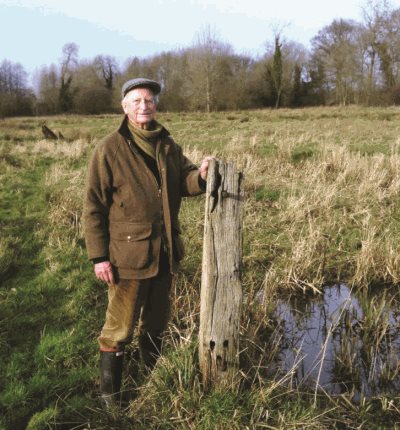
One of Malaysia’s Early Conservationists, Pioneering in Research and Education on Malaysia’s Forest Biodiversity
Meet Dato Sri Gathorne - Earl of Cranbrook, a biologist whose love for the environment and wildlife has left an indelible mark on the world of conservation.
A specialist in cave swiftlets and zooarchaeology, his body of work has added to our understanding of the ecology and biology of Malaysian mammals and birds.
Transformation of Zoogeography
In 1958, Dato Sri Gathorne introduced systematic sorting, conserving, and identification of animal remains excavated during the Sarawak Museum’s archaeological campaign at the Niah caves. This groundbreaking work significantly altered perceptions of regional zoogeography.
His research on mammals resulted in the publication of two widely used references: "Mammals of Borneo" and "The Wild Mammals of Malaya/Peninsular Malaysia and Offshore Islands Including Singapore."

Providing a Haven for Biodiversity Education
In the 1960s, as a lecturer at the University of Malaya, Dato Sri Gathorne introduced students to tropical forest richness, emphasising biodiversity values and the dangers of environmental exploitation.
He played a key role in the construction of the Ulu Gombak Field Studies Centre, where teaching and research continues today. Situated on 120-hectares of secondary and primary forest, the area’s fauna and flora extensively studied and documented throughout the site’s 40-year history. It serves as a hands-on training ground for aspiring field researchers, extending its accessibility beyond scientists and geologists to include school children, providing them with a firsthand experience of the wonders of nature.

A Lifelong Commitment to Preserving Malaysia’s Natural Beauty
In the late 1970s, Dato Sri Gathorne co-authored the first environmental management plan for the Mulu National Park, addressing ecosystem processes and the impacts of visitors on tropical protected areas. The UNESCO World Heritage Site serves as a crucial baseline for studying ecosystem processes in the humid tropics and the environmental management plan continues to shape the park’s preservation efforts.
From 1989 to 1990, Dato Sri Gathorne led the International Tropical Timber Organisation (ITTO) Mission, producing a policy-setting report for forestry management in Sarawak. Aligning with the goals outlined in the document, the Sarawak Forestry strives to designate 10% of the state as a Totally Protected Area.
In 1994, he supervised research on the biology and sustainable management of cave-dwelling swiftlets and their edible-nest, resulting in the publication "Swiftlets of Borneo: Builders of Edible Nests," a crucial conservation guideline. The publication serves as a key guideline for conservation, benefitting both swiftlets and local communities who rely on swiftlet nests for income.
Since 2000, Dato Sri Gathorne has resumed cooperative research into Malaysian zooarcheology, paleo-environments, and the biology of edible nest swiftlets. He serves as the Honorary Curator of Mammals at the Sarawak Museum and external adviser to Yayasan Ulin.
He remains a frequent visitor to Sarawak and Southeast Asia, leaving an enduring legacy through his foresight and passion for environmental conservation.

Disclaimer:
The information in this award recipient's profile is accurate to the best of our knowledge as of the time the award was presented. Any subsequent changes, updates, or developments in the individual's life or achievements may not be reflected in this profile.